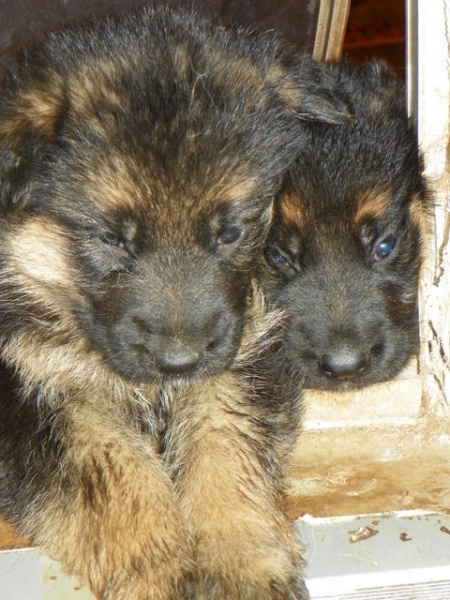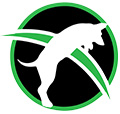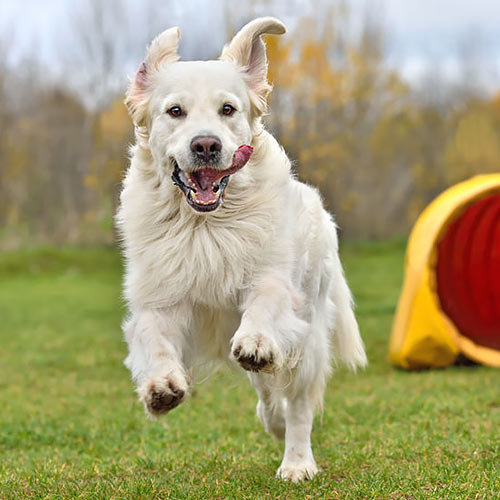 Hip dysplasia is a concern in all breeds, but especially large breed dogs. We have assembled a short list with some tips on preventing hip dysplasia. Implement this article to reduce the risk and also to reduce the pain of a dog who has the disease.
Hip dysplasia is a concern in all breeds, but especially large breed dogs. We have assembled a short list with some tips on preventing hip dysplasia. Implement this article to reduce the risk and also to reduce the pain of a dog who has the disease.
A good breeder will do their homework to greatly reduce the chances that a pup would ever develop dysplasia. Be sure you only buy from a breeder who has had the parents’ hips x-rayed and are declared dysplasia-free, either via OFA, its European equivalent, or another qualified radiologist. But there is always a chance that your dog could develop dysplasia, even when both parents’ are free of this crippling and painful disease.
It may be a surprise for most people to learn that hip dysplasia is more directly related to environmental factors than congenital factors. In fact some statistics have shown that hip dysplasia can be traced to environmental factors in up to 70% of cases. This means that dog owners can do plenty to reduce the chances!
For overall health and to reduce the risk of dysplasia, feed your pup/dog a high quality dog food. Be sure the food you feed is not using fillers and IS using high quality proteins and other ingredients. This generally means either purchasing a natural, grain-free food or utilizing a raw diet.
Do not allow your puppy/dog to become overweight and/or obese. This stresses the hip structure, especially during the first year of life. Regular moderate exercise is needed. Over-exercise is not needed, especially during the first twelve months. This rules out your pup jogging with you on your two-mile venture or running alongside your bicycle. As hard as it is to refrain from these excessive activities, leave it off until the pup is over a year old. This gives the bone/tendon structure time to grow properly and calcify. Be patient: there will be many years of joyous activity ahead with your dog.
Jumping and climbing stairs needs to be off limits during the first year. Normal jumping, when romping with another dog, for example, is permitted. Training for competition or agility jumps is not. Climbing stairs also stresses the hips during the first year. A step or two into the house is fine; a flight of stairs to the bedroom etc. is not. These activities, an overweight dog, and an overly-exercised young dog may void a hip guarantee that came with your pup.
After the hips are mature enough to handle it, these activities can be engaged in without damaging the dog. It may be hard to tone down your little bundle of exuberance, but it will reap benefits. It will be easy to forget that your 60 lb. 9 month old pup still isn’t fully grown or developed, mentally or physically. But a little patience and temperance now goes a long way towards a healthy dog in your future.
Another tip is put your pup/dog on a high-quality supplement such as NuJoint. This can be purchased via our For Sale page. NuJoint has been proven to reduce the risk and/or reduce the pain once dysplasia has developed.

